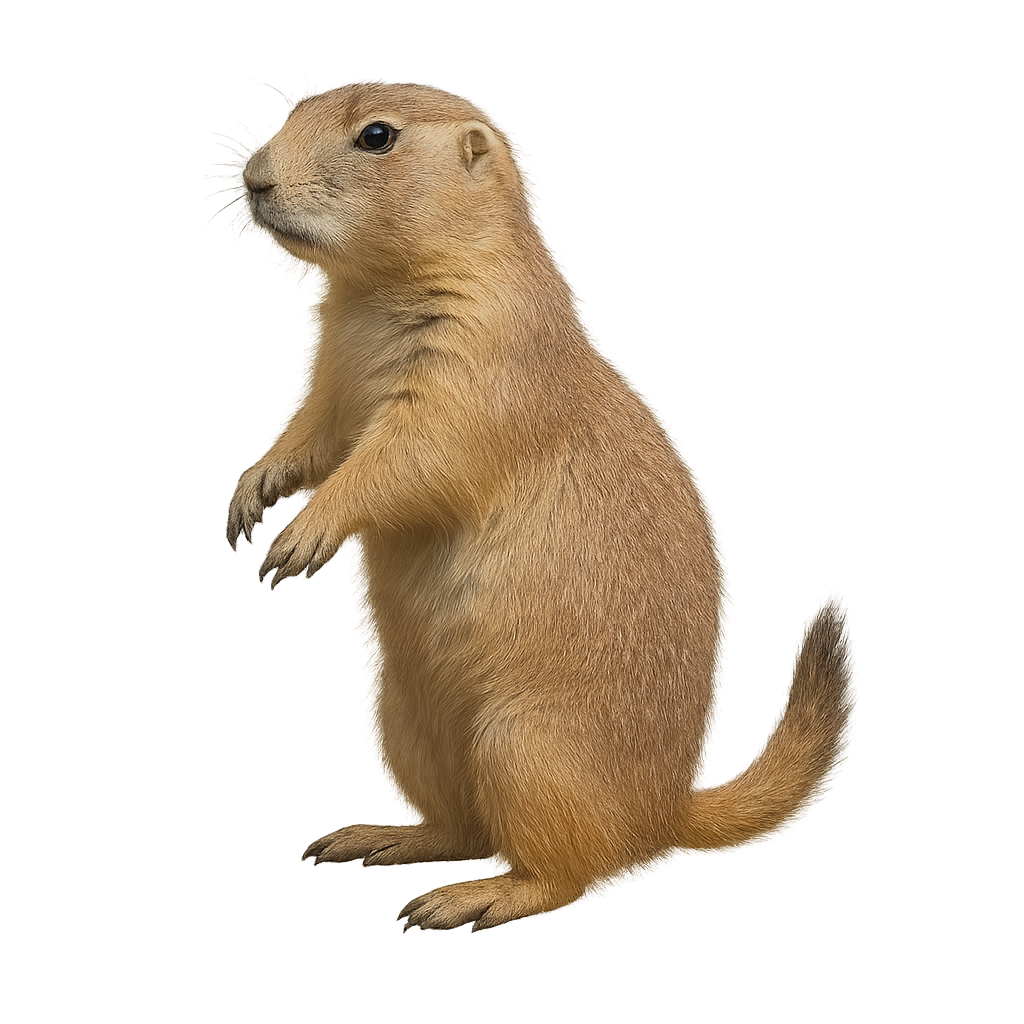Your wildlife photography guide.
Explore the black-tailed prairie dog in detail, study its behavior, prepare your shots.
Where to observe and photograph the black-tailed prairie dog in the wild
Learn where and when to spot the black-tailed prairie dog in the wild, how to identify the species based on distinctive features, and what natural environments it inhabits. The WildlifePhotographer app offers tailored photography tips that reflect the black-tailed prairie dog’s behavior, helping you capture better wildlife images. Explore the full species profile for key information including description, habitat, active periods, and approach techniques.
Black-tailed prairie dog
Scientific name: Cynomys ludovicianus

IUCN Status: Least Concern
Family: SCIURIDAE
Group: Mammals
Sensitivity to human approach: Not shy
Minimum approach distance: 10 m
Rut period: February to March
Gestation: 33-38 jours
Births: March to April
Habitat:
Grasslands and steppes of North America
Activity period :
Primarily active during the day, with peak activity in the morning and late afternoon.
Identification and description:
The black-tailed prairie dog is a small social ground squirrel about 30 cm long with sandy-brown fur and a black-tipped tail, living in dense burrow colonies on North American grasslands. It feeds on grasses, roots and seeds. During the breeding season, males actively defend territories with alarm calls and erect postures.
Recommended lens:
300 mm – adjust based on distance, desired framing (portrait or habitat), and approach conditions.
Photography tips:
Position yourself discreetly near burrow entrances, crouch to ground level, and wait for individuals to emerge to graze. Photograph in early morning with a shallow depth of field to isolate their silhouette against the grassland and use a fast shutter speed to freeze their quick movements.
The WildlifePhotographer App is coming soon!
Be the first to explore the best nature spots, track rutting seasons, log your observations, and observe more wildlife.
Already 1 449 wildlife lovers subscribed worldwide

